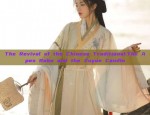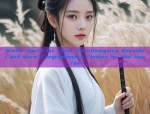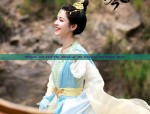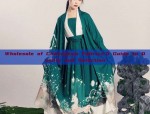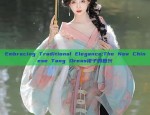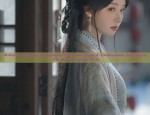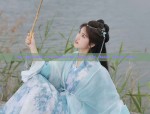The Evolution of Cheongsam:Modernizing the Traditional Qipao
In the realm of traditional Chinese attire, the cheongsam, or qipao as it is commonly known, has long been a symbol of elegance and grace. This iconic garment, with its distinctive features and rich cultural heritage, has experienced a remarkable journey of evolution as it adapts to modern fashion trends and societal changes. The modernization of the qipao is not just about updating its style, but also about preserving its cultural significance and enhancing its wearability.
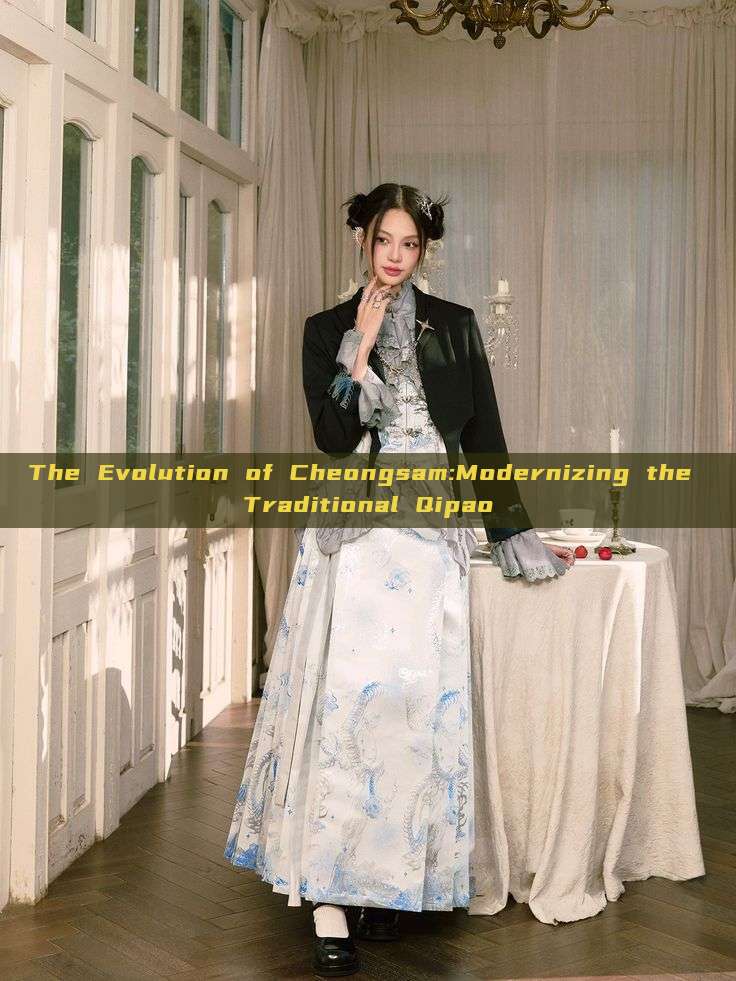
Originating in the early 20th century, the qipao was initially designed as a traditional women's dress, embodying the essence of Chinese culture and fashion. It featured a fitted bodice, a loose skirt, and intricate details that reflected the craftsmanship and aesthetics of its time. However, with the advent of modern fashion and changing social norms, the qipao underwent significant transformations to meet the demands of contemporary society.
In recent years, the qipao has undergone a renaissance as designers and fashion enthusiasts have rediscovered its beauty and potential. The modern qipao is a blend of traditional elements with contemporary designs, resulting in a garment that is both stylish and comfortable. The modern qipao features a more fitted silhouette that accentuates the body's curves, while retaining the traditional elements like the mandarin collar and side slits. The use of modern materials like stretchable fabrics and innovative designs like asymmetric cuts have further enhanced its appeal.
The modernization of the qipao is not without its challenges. Preserving the cultural significance of the garment while incorporating modern designs requires a delicate balance. Designers must strike a chord with traditional values while staying true to contemporary fashion trends. This can be achieved by incorporating traditional elements like embroidery or patterns with contemporary cuts and styles. Additionally, educating consumers about the history and significance of the qipao is crucial to its continued evolution.
Moreover, the modern qipao is not just a garment; it's an embodiment of cultural heritage and fashion statement. It has become a popular choice for special events like weddings, festivals, and cultural events. Its popularity has also extended to international platforms, where it has garnered recognition for its unique style and cultural significance. The modern qipao serves as a bridge between traditional Chinese culture and contemporary fashion, inviting people from different cultures to appreciate and understand its beauty and significance.
In conclusion, the evolution of the qipao is a testament to the adaptability and resilience of traditional culture in modern times. The modern qipao is a blend of traditional and contemporary elements, resulting in a garment that is both stylish and culturally significant. Its continued evolution depends on designers' creativity, consumers' awareness, and the preservation of its cultural heritage. As the qipao continues to evolve, it will remain a symbol of Chinese culture and fashion for generations to come.
The journey of the qipao is an inspiration for other traditional garments that need to adapt to modern times. Its evolution serves as a reminder that traditional culture and modern fashion can coexist harmoniously, resulting in beautiful and meaningful designs that speak to people across different cultures.

 Previous Post
Previous Post


